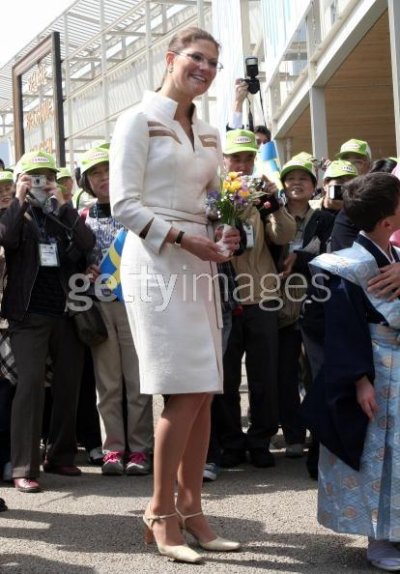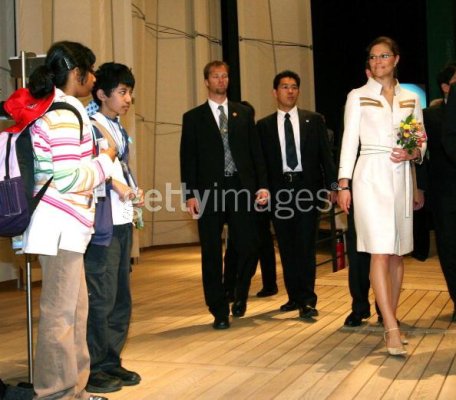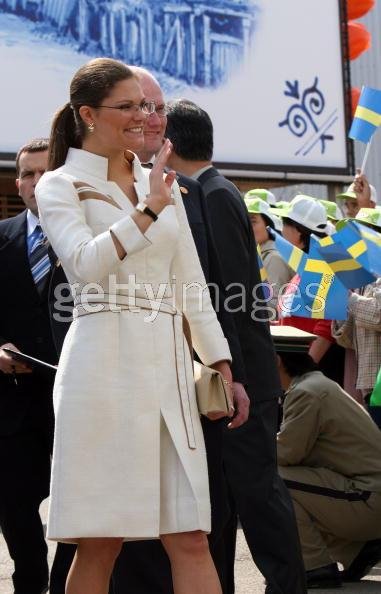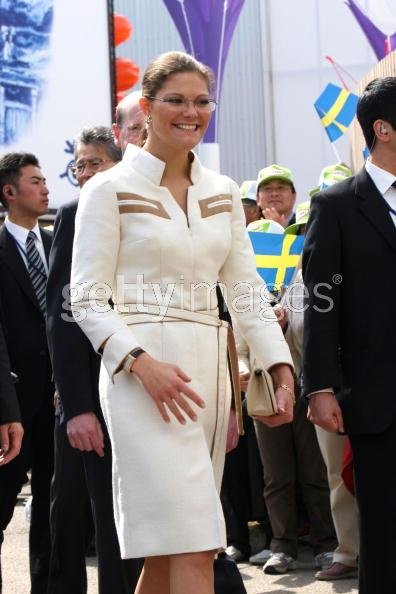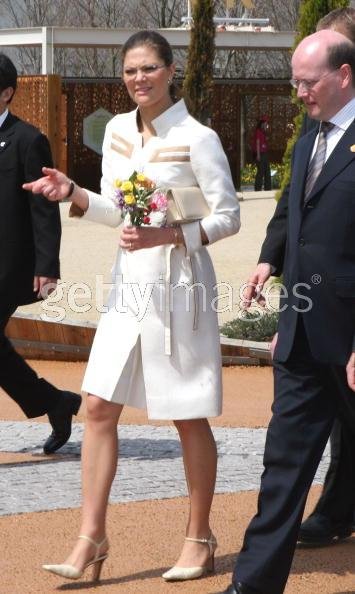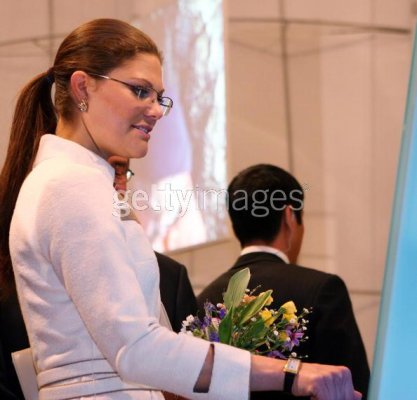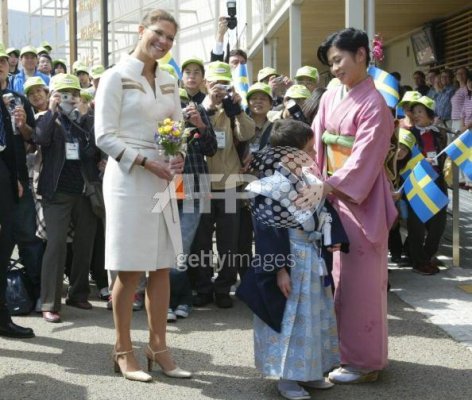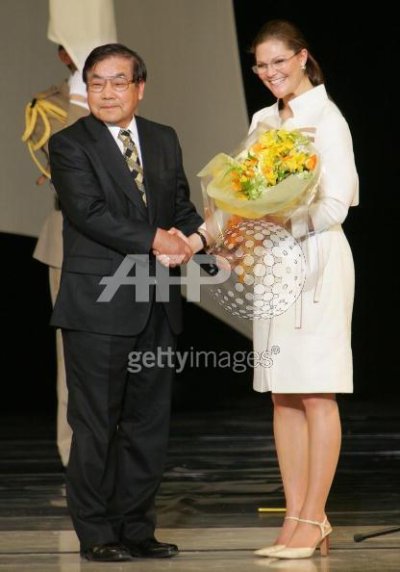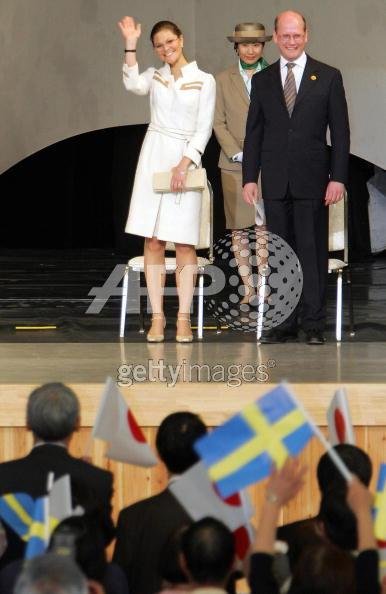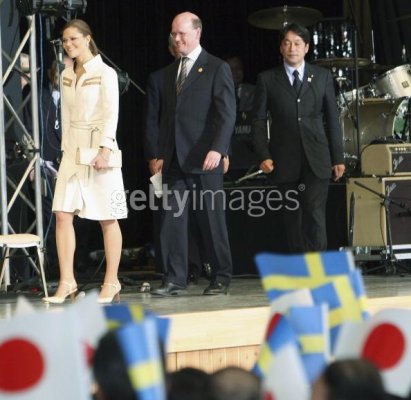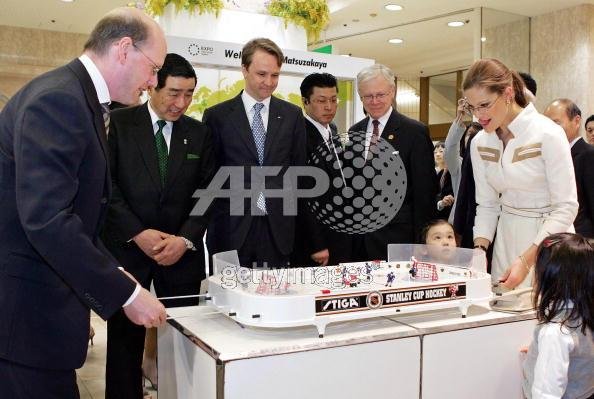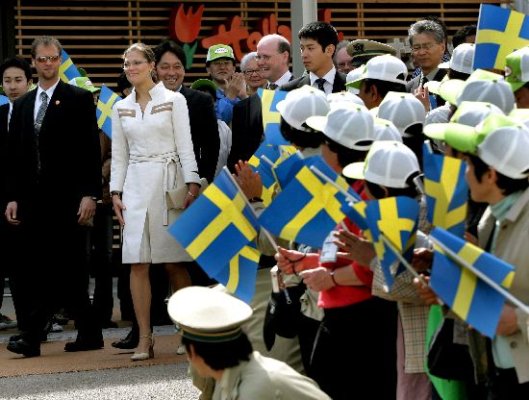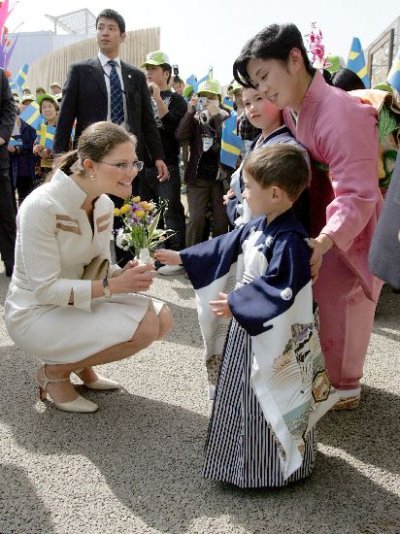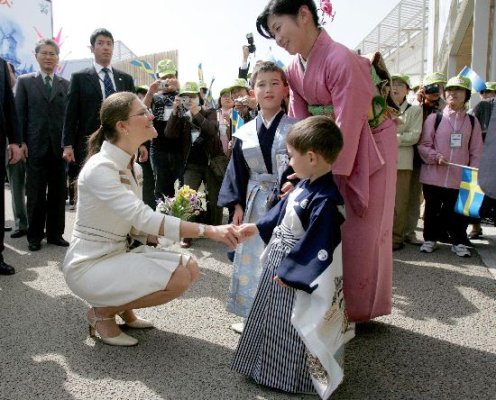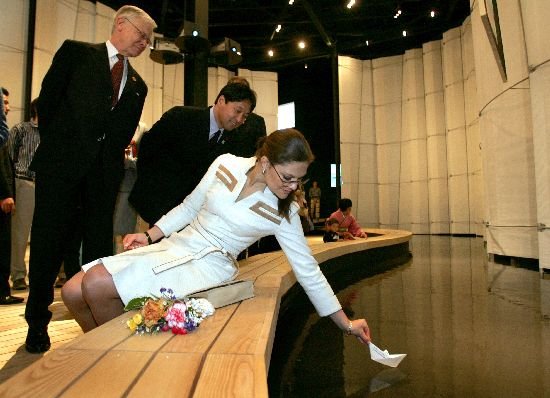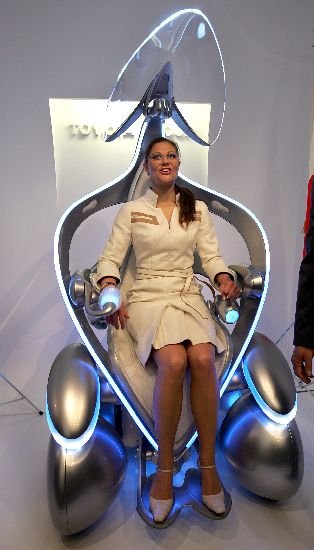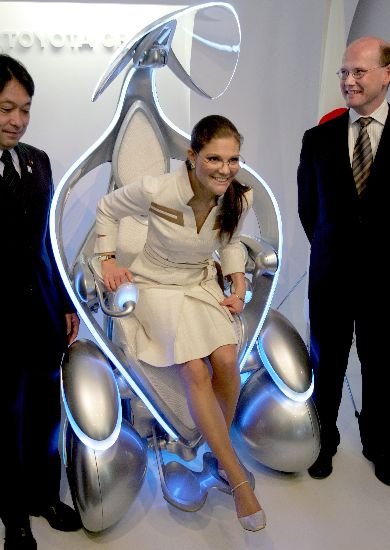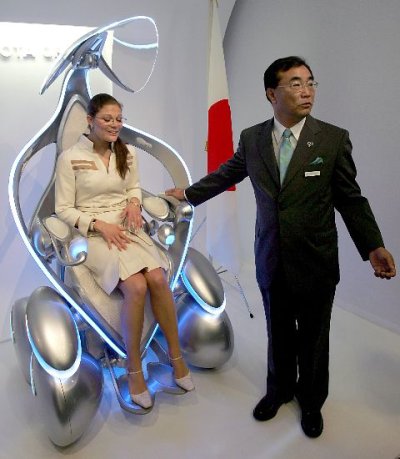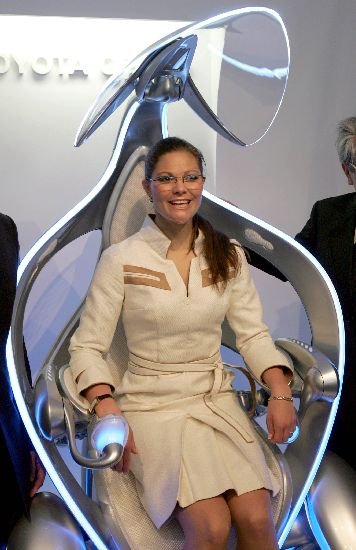Sights Old and New at Aichi Expo 05
World´s Fair organizers just hope they will see crowds.
AP
Nagakute, Japan
- Imagine a future where robots work as receptionists and street cleaners, and cities build walls of vegetation to combat global warming. Or better, check out this year's World's Fair, where caring for the environment goes hand in hand with technological innovation.
The fair, opening Friday in the central Japanese prefecture of Aichi, also will boast something from the past: a 10,000-year-old Siberian woolly mammoth.
Aichi Expo 2005 plans to display an almost perfectly preserved head of the mammoth, complete with majestic, curved tusks and tufts of fur protruding from its gray skin, which scientists excavated from the Siberian tundra in June.
"Expos must address issues of global concern," Toshio Nakamura, the secretary-general of this exposition, said. "We are focusing on things you experience - what you can do only if you come to the venue."
Despite the presence of an ancient beast and grand visions of high-tech urbanites flourishing side by side with nature, organizers have set a low bar for the fair's success, given the poor track records of the last two world expositions.
Nakamura said Aichi fair organizers hoped to draw 15 million visitors by the time the expo closes Sept. 25, including 1.5 million from overseas. This target is far below the 40 million visitors organizers reportedly aimed to attract when the idea for hosting the 2005 exposition was hatched in the late 1980s.
The 2000 exposition in Hanover, Germany, brought in 18 million people, far short of an initially projected 40 million, leaving organizers $1 billion in the red. The German government was stuck paying off two-thirds of the debt.
The 1998 fair in Lisbon, Portugal, drew 10 million visitors, below the 15 million target, and lost nearly $340 million.
Putting on the Aichi exposition has required a large investment: Just building the exhibition site and its pavilions has cost about $3.23 billion.
Local and national governments have also spent billions of dollars constructing a new airport and highways to the site. The private sector, which operates the new international airport serving Nagoya, also pitched in for the extra infrastructure.
It remains to be seen whether people will attend.
As was the case with Hanover, critics are questioning the point of holding a world fair in the age of the Internet and the jet plane.
The earliest world fairs, starting with the first in London in 1851, allowed host nations to showcase their industrial power and gave guest countries the opportunity to introduce themselves to the rest of the globe.
Japan, for one, used the 1873 Vienna exposition to open trade routes with Europe after centuries of near-total isolation.
Today, the curious only need book a plane ticket to travel halfway around the world, or simply surf the Web to explore other cultures and new ideas.
Despite such doubts, the Aichi exposition has attracted pavilions from 122 countries, including the United States, which skipped the Hanover exposition because of a shortage of private-sector financing.
"We've had an overwhelming response," said Lisa Guillermin Gable, the commissioner general of the U.S. exhibition, noting 41 companies and 18 states had signed up as sponsors for the American pavilion.
The U.S. pavilion features a live feed of images from Mars via the Mars Rover - the only place in the world where these shots can be seen by the public - and a model of a fuel-cell car developed by General Motors.
It is the oldest item at the expo that may attract the most attention, however.
Mammoths appeared in Africa about four million years ago and roamed the plains of Siberia for nearly two million years before suddenly dying off 10,000 years ago. Scientists remain divided over the cause of the mammoths' extinction, with theories pointing at human hunters, a killer disease, or climate change.
Experts hope the specimen on display will provide clues to why the beasts became extinct.






